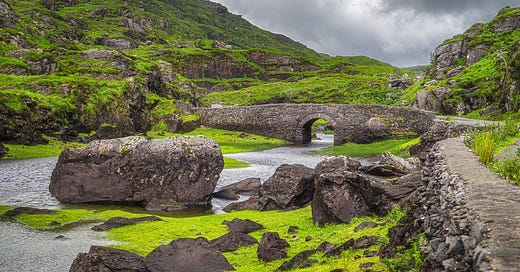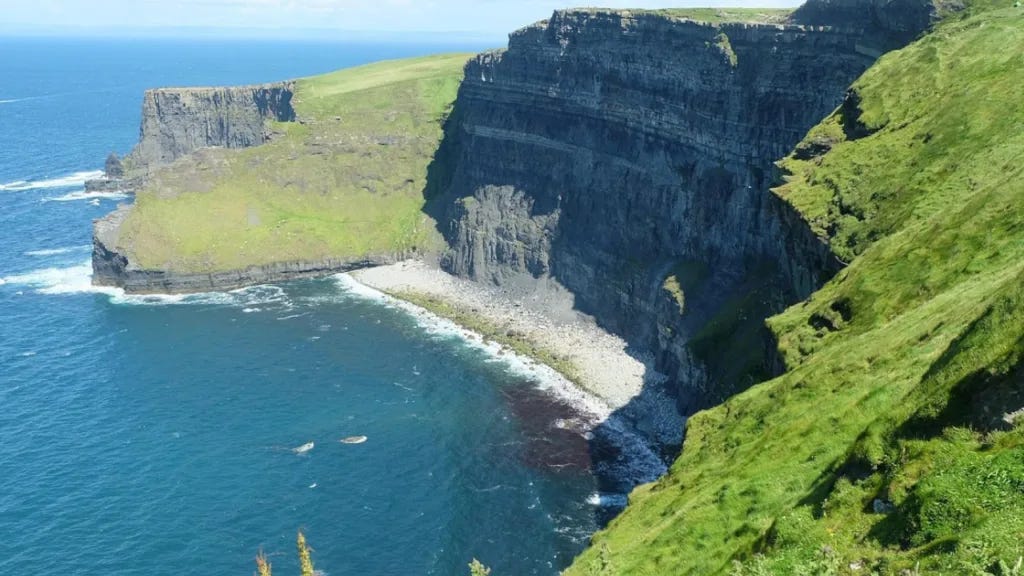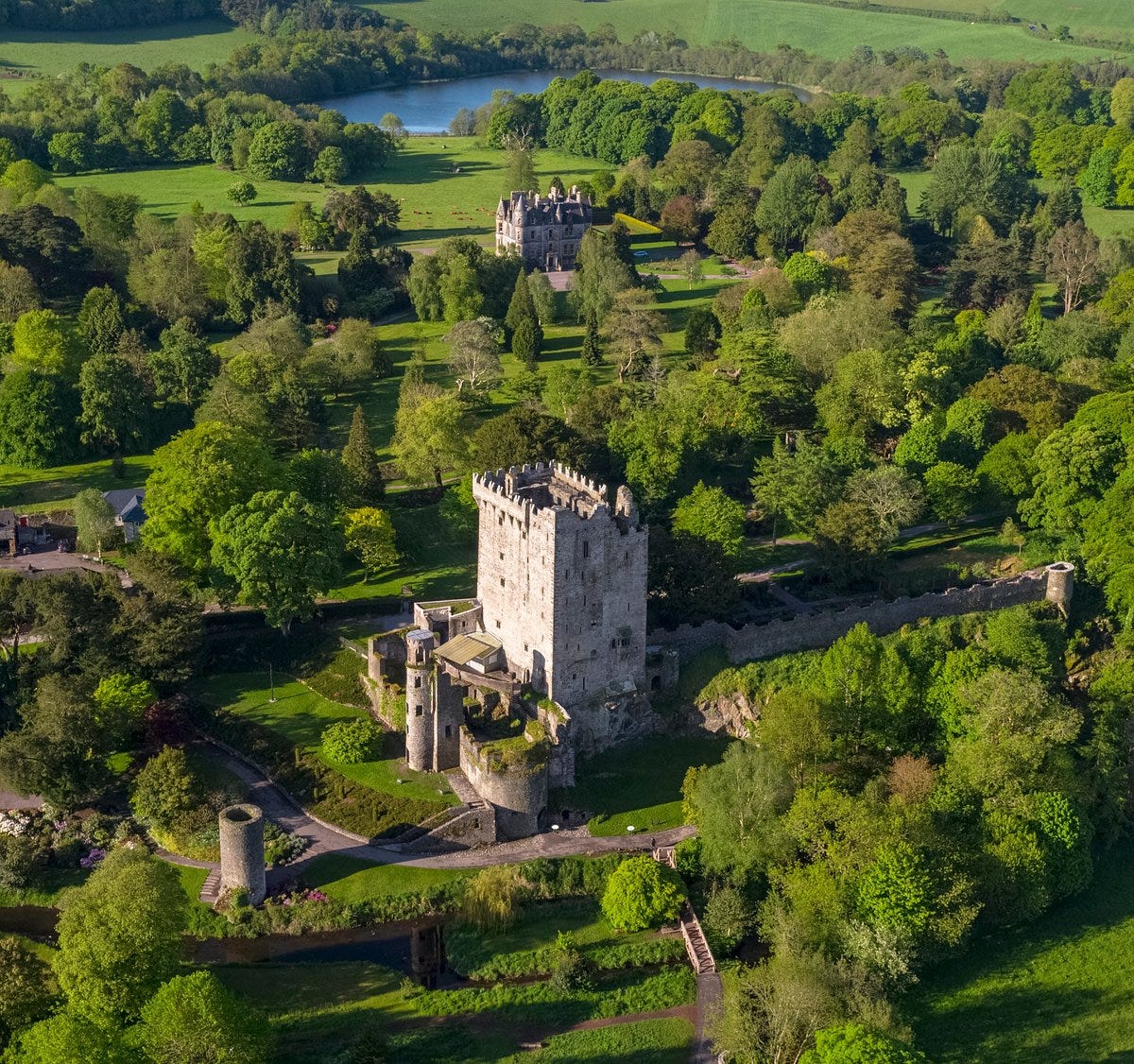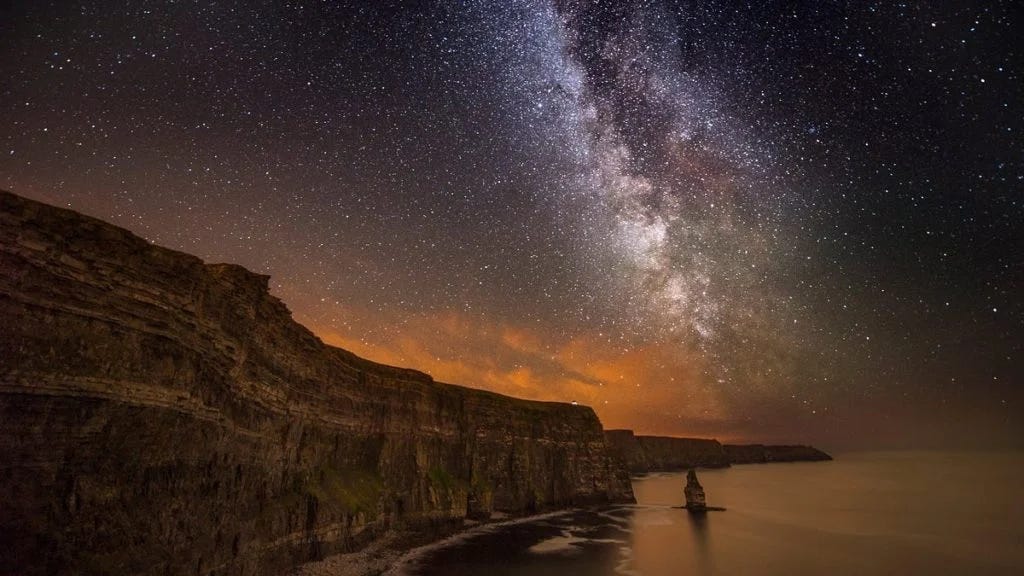Embark on a remarkable odyssey through the heart of Ireland's unparalleled beauty by visiting 3 of the most extraordinary destinations in Ireland.
Enter a world of awe-inspiring landscapes, ancient tales, and unforgettable experiences.
From the windswept cliffs of the Wild Atlantic Way, to the enchanting charm of the Ring of Kerry and not to forget the iconic Cliffs of Moher - this article is your passport to explore the very essence of Ireland's natural and cultural treasures.
Wild Atlantic Way
Venture along the rugged coastline that has captured the hearts of countless adventurers. This guide takes you on a voyage through picturesque villages, dramatic sea cliffs, and hidden coves that reveal the untamed spirit of the Atlantic Ocean.
Cliffs of Moher
Stand in awe at the edge of the world as you gaze upon the iconic Cliffs of Moher. Learn about the geologic marvels and cultural significance that make these cliffs a symbol of Ireland's enduring beauty and resilience.
Ring of Kerry
Embark on a scenic journey through the captivating landscapes of the Ring of Kerry. This guide leads you through charming towns, serene lakes, and emerald valleys, revealing the magic that has inspired poets and artists for generations.
Indulge your wanderlust and embark on an expedition like no other.
Our bundle of visitor's guides invites you to experience the grandeur, history, and enchantment that make Ireland a destination unlike any other. Whether you're a history buff, a nature enthusiast, or simply seeking to be swept away by the magic of this ancient land, our curated collection is your essential companion to an unforgettable Irish adventure.
Come, let the allure of Ireland's landscapes and legends awaken your spirit. Your extraordinary voyage begins here.
The Wild Atlantic Way Visitors Guide
The Wild Atlantic Way is a scenic driving route along the Atlantic coast of Ireland, stretching from County Donegal in the north to County Cork in the south.
It offers breathtaking views of the Atlantic Ocean, rugged coastline, and rolling hills, as well as a rich cultural heritage and a host of outdoor activities. Whether you’re a history buff, nature lover, or adventure seeker, there is something for everyone on the Wild Atlantic Way.
To begin your journey, it’s a good idea to start in the north and work your way down the coast.
As you continue south, you’ll come to the Fanad Peninsula, home to some of the most beautiful beaches in Ireland.
These include Rossnowlagh Beach, a popular surf spot, and Tullan Strand, a serene stretch of golden sand. You can also visit the Fanad Lighthouse, which stands on a rocky outcropping at the tip of the peninsula and offers panoramic views of the Atlantic Ocean.
Further down the coast, you’ll come to the Inishowen Peninsula, which is home to a number of charming villages and towns. One of the highlights of this area is Malin Head, the most northerly point of Ireland.
Here, you’ll find a beautiful coastline with sweeping views of the Atlantic Ocean and a number of interesting attractions, including the Banba’s Crown, a monument to the Queen of Ireland, and the Signal Tower Museum, which tells the story of Ireland’s maritime history.
As you continue your journey, you’ll come to the county of Donegal, which is known for its rugged coastline, beautiful beaches, and charming towns.
One of the highlights of the Wild Atlantic Way is Slieve League, a mountain on the Donegal coast with some of the highest sea cliffs in Europe. From the summit, you’ll have panoramic views of the Atlantic Ocean and the surrounding countryside.
Nearby, you can visit the Glencolmcille Folk Village, a collection of traditional Irish cottages and farm buildings that have been preserved as a living museum.
You can also visit the Glenveagh National Park, which is home to a variety of wildlife, including red deer and golden eagles.
Further south, you’ll come to the county of Sligo, which is home to a number of interesting attractions. One of the highlights of this area is the Carrowmore Megalithic Cemetery, a collection of ancient tombs and burial sites that date back to the Neolithic period.
You can also visit the Knocknarea Mountain, which offers panoramic views of the surrounding countryside and is home to the grave of Queen Maeve, the legendary warrior queen of Connacht.
As you continue your journey, you’ll come to the county of Mayo, which is home to a number of beautiful beaches and charming towns.
One of the highlights of this area is the Ceide Fields, a prehistoric landscape that is home to a number of ancient tombs and stone walls. You can also visit the Mayo Peace Park, which commemorates the Irish War of Independence and the Civil War.
Further south, you’ll come to the county of Galway, which is known for its vibrant culture, beautiful beaches, and charming towns.
One of the highlights of this area is the Aran Islands, a group of three islands off the coast of Galway that are home to a number of interesting attractions.
You can visit the Dún Aonghasa, an ancient fort that stands on a cliff overlooking the Atlantic Ocean, or the Cliffs of Moher, a series of towering cliffs that offer breathtaking views of the Atlantic Ocean.
In Galway city, you can visit the Galway Cathedral, a beautiful Gothic-style cathedral that was completed in 1965, or the Galway City Museum, which tells the story of the city’s history and culture.
You can also take a stroll along the Prom, a popular walkway that runs along the city’s harbor, or visit the Galway Market, which takes place every Saturday and features a variety of local food, crafts, and other products.
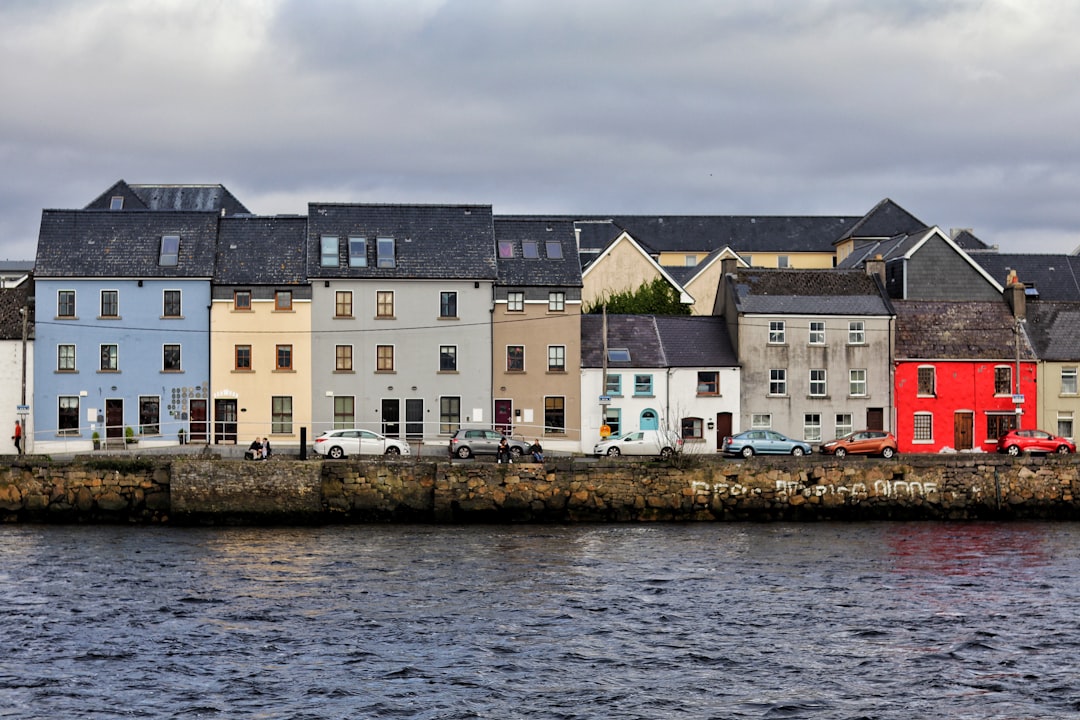
As you continue your journey south, you’ll come to the county of Clare, which is home to a number of interesting attractions.
One of the highlights of this area is the Burren, a unique landscape that is home to a number of ancient tombs, stone circles, and other archaeological sites.
You can also visit the Cliffs of Moher, a series of towering cliffs that offer breathtaking views of the Atlantic Ocean and the surrounding countryside.
In Clare, you can also visit the Aillwee Cave, a series of underground tunnels and chambers that were formed over millions of years, or the Doolin Cave, which is home to the longest stalactite in the northern hemisphere.
You can also take a boat tour of the Aran Islands, or visit the Burren National Park, which is home to a variety of plants and animals, including red deer, badgers, and bats.
As you continue your journey south, you’ll come to the county of Kerry, which is home to a number of beautiful beaches, charming towns, and interesting attractions. One of the highlights of this area is the Ring of Kerry, a scenic driving route that takes you through a number of charming towns and villages, as well as along the Atlantic coast.
You can also visit the Killarney National Park, which is home to a variety of plants and animals, including red deer, badgers, and bats.
As you continue more south you’ll come to the county of Cork, which is home to a number of charming towns, beautiful beaches, and interesting attractions.
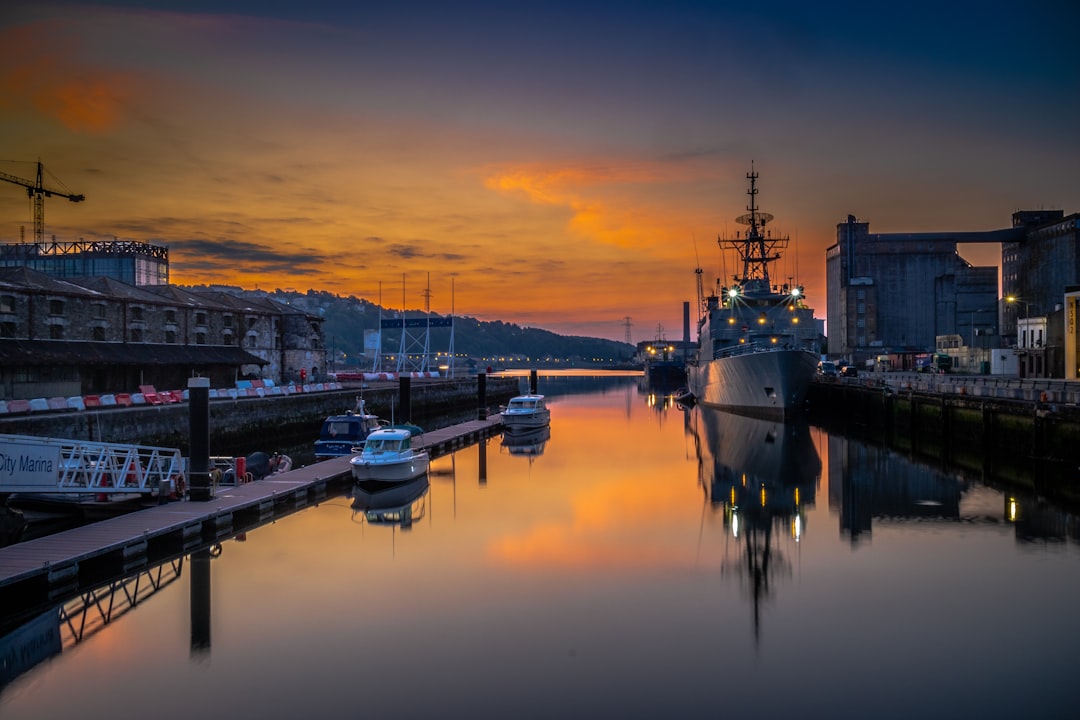
One of the highlights of this area is the Cork City Gaol, a former prison that has been converted into a museum, or the Cork City Museum, which tells the story of the city’s history and culture.
You can also visit the Blarney Castle, which is home to the famous Blarney Stone, or take a boat tour of the Cork Harbour, which is home to a number of charming towns and villages.
Overall, the Wild Atlantic Way offers something for everyone, from history buffs and nature lovers to adventure seekers.
Whether you’re interested in exploring ancient ruins, hiking through beautiful countryside, or simply relaxing on a sandy beach, you’ll find plenty of things to see and do along the Atlantic coast of Ireland.
Cliffs Of Moher Visitors Guide:
Overview of the Cliffs of Moher
The Cliffs of Moher is a magnificent natural attraction located on the western coast of Ireland overlooking the Atlantic Ocean. It stretches along the southwestern edge of County Clare for approximately 14 kilometers (8.7 miles) and reaches heights of up to 214 meters (702 feet) above the sea level.
Renowned for their breathtaking beauty and dramatic scenery, the Cliffs of Moher have become one of Ireland’s most iconic landmarks and a popular tourist destination.
The cliffs’ rugged and sheer vertical drops create a spectacular sight that leaves visitors in awe. The rock formations, carved by the relentless power of the ocean over millions of years, display layers of sediment and a variety of colors, ranging from earthy browns to vibrant greens.
Keep reading with a 7-day free trial
Subscribe to Love Ireland to keep reading this post and get 7 days of free access to the full post archives.

